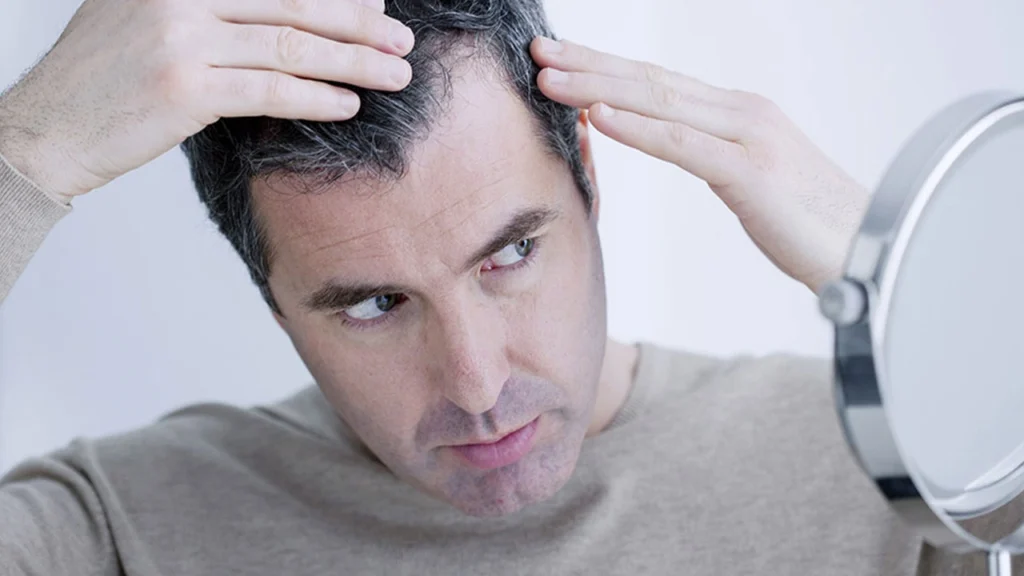One of the issues that many people who have decided to have a hair transplantation are most curious about is whether the results are permanent or not. Can permanent results be achieved with hair transplantation? In this article, we will discuss this issue through the process after hair transplantation.

İçindekiler
How long does a Hair Transplantation last?
The truth is that there is no general answer to this question. When talking about how long the result of your surgery will last or whether it will be permanent, it should be taken into account that this surgery is a process specific to everyone. Transplantation procedures are usually successful and permanent results are obtained. However, it is also necessary to evaluate the person’s own hair structure, age, the condition of the donor area and the transfer area. The results of this personalized process may vary for everyone.
Does Hair Transplantation Method Affect the Permanence of the Result?
No! This method used will have no effect on how long the result will last. The most important factor that will affect the results is the healing process after hair transplantation. Methods such as DHI and FUE work by taking donor hair follicles one by one from the back and sides of the head and transplanting them to the affected area.
The common feature of both methods is that they do not leave scars after surgery. Follicular Unit Transplantation (FUT) aims to remove a linear strip of skin from the back of the head, extract hair follicles from the strip and transplant them to the desired area. The transplanted hair follicles are similar to DHI or FUE techniques; however, in the FUT technique, a linear strip scar remains on the donor areas for life.
In short, the differences in hair transplantation methods do not affect how long the transplanted follicles will last in the recipient area. The main difference between hair transplantation methods is related to the permanence of the scar in the donor area.
What Are Other Factors That Can Affect Hair Transplantation Results?
Hair transplantation is the most effective way to combat hair loss and improve the appearance of your hairline and/or crown. However, it is very important to understand some factors that may affect the rate of hair loss after transplantation and to act accordingly in terms of permanent results.
- Surgeon and Clinic
Carrying out the process with a successful, experienced surgeon and a reputable clinic in the field of hair transplantation can be effective on permanent results. A carefully executed process in skilled hands means permanent results. - Age of the Person to undergo Transplant
The age factor also gives important clues about how permanent the hair transplanted after surgery will be. Younger patients may experience more hair loss after transplant. This is not related to the hair transplant itself. On the contrary, it can be caused by certain genetic conditions such as age. - Preferred Hairstyle After Transplant
After the procedure, a hairstyle that is unlikely to cause further hair loss should be preferred. Using styles that allow your hair to grow naturally can reduce the chance of a condition called traction alopecia.
Traction alopecia occurs when hair follicles are pulled away from the dermic layer (skin) by uncomfortable hair styling procedures. It is beneficial to avoid hairstyles that stretch your scalp.
Is It Possible to Protect Transplanted Hair After Hair Transplantation?
It is definitely possible! Especially at this point, it will be extremely important to evaluate the healing process well and heed the instructions of the surgeon. You can control this process, especially with the following methods;
- DHT Blocker Medication
After hair transplantation, people, especially men, are usually recommended certain medications to prevent hair loss, such as finasteride or dutasteride. These medications are called “DHT blockers” and are available on prescription. They are effective and supportive solutions for lasting results. - Minoxidil
Minoxidil, which is good for problems such as hair loss and has many benefits, is often referred to as a “mechanical treatment” for hair loss. By this we mean that it is a topical treatment (foam or serum) that is massaged into the scalp area. This treatment improves blood circulation, dilates blood vessels and increases blood flow to the scalp. This nourishes the hair follicles and allows the transplanted and natural hair to hold more firmly. - PRP Treatments
PRP treatment aims to increase blood flow around the scalp, supplying platelets from the bloodstream to the hair follicles. During the procedure, a small amount of blood is taken from the person, spun in a centrifuge that breaks down the compound blood elements, and the plasma is injected into the scalp using a small needle. It is a highly effective treatment method in terms of its results and can support the process after hair transplantation.
Conclusion

We are aware that permanent and natural results are the biggest expectation of everyone who has decided to undergo hair transplantation. To meet these expectations, paying attention to a few simple rules will lead you to your goal. A careful healing process and care in accordance with the surgeon’s instructions will produce great results. When you reach the period when the hair starts to grow again, which is perhaps the most beautiful time of the hair transplant process, you will realize that all the efforts are worth it. Enjoy the wonderful hair from the hands of a skilled surgeon.
Hairtrans.com was founded by world-famous plastic surgeon Dr. MFO, who is an expert in facial feminization or facial masculinization surgeries, and is managed under his leadership. Would you like to have a hair transplant under the coordination of a plastic surgeon with many years of experience?
Whether you are a trans woman or a natural born male or female, if you are looking for the best hair transplant, contact us now.


